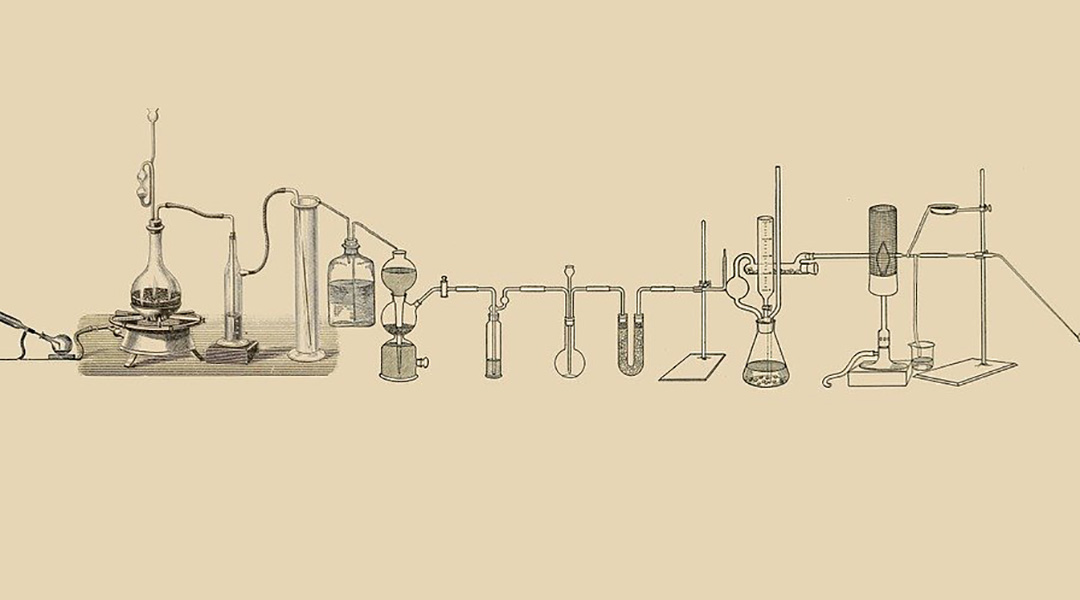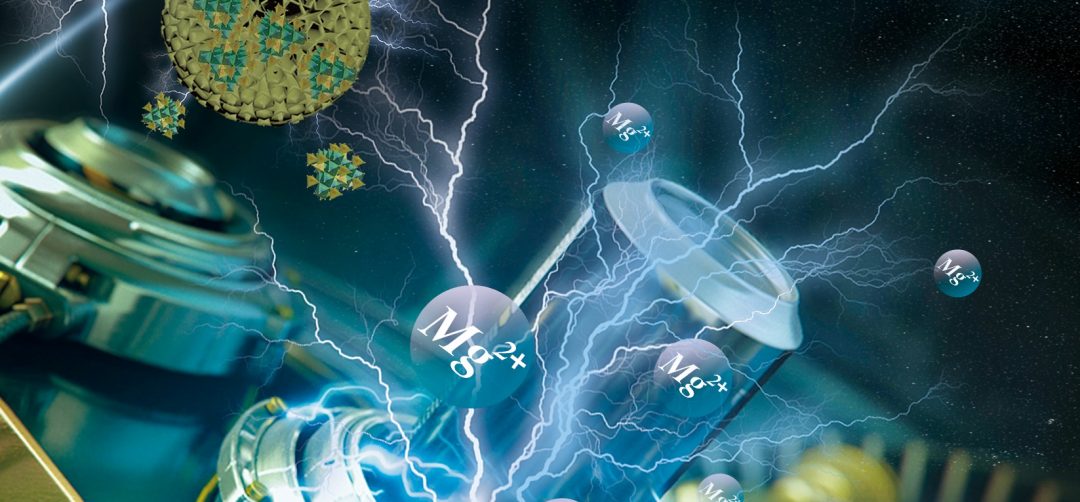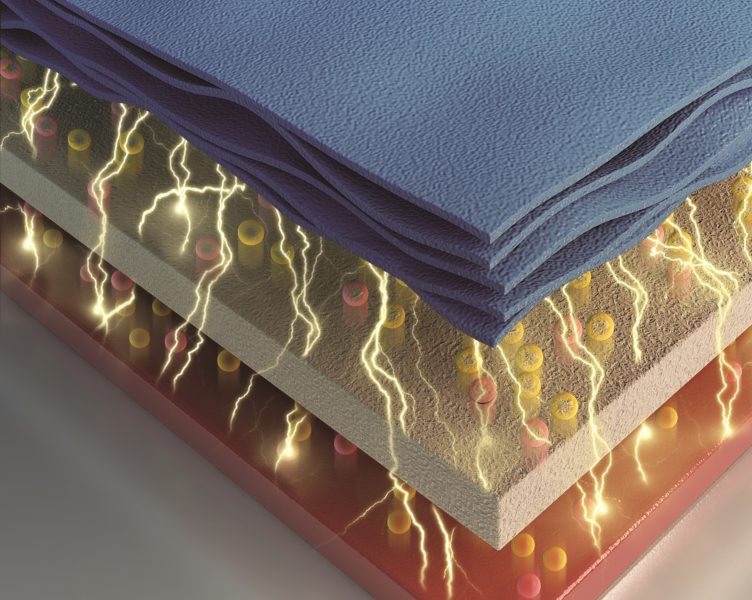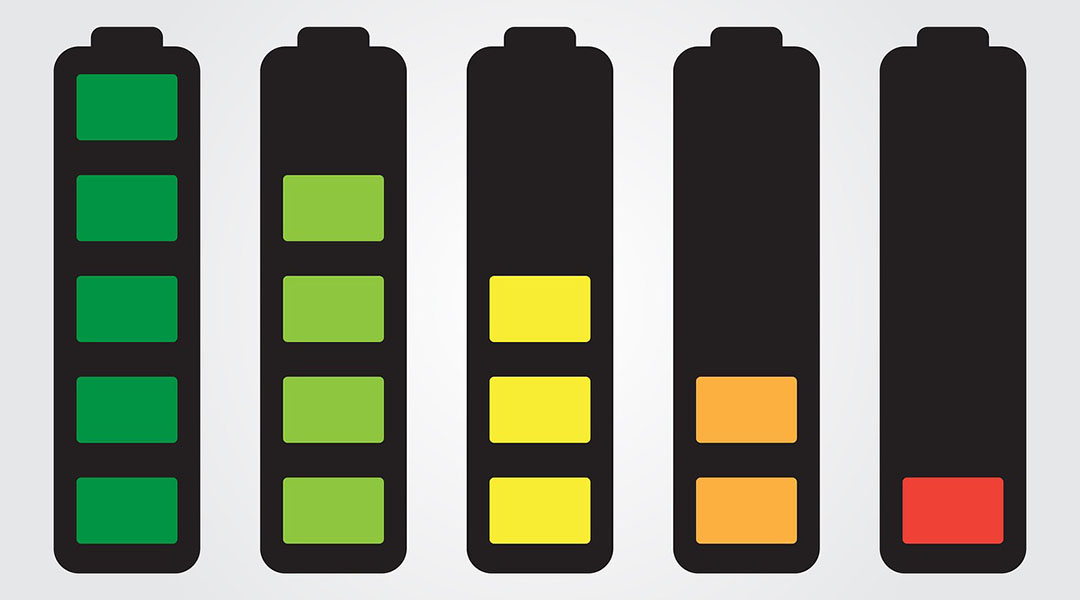Nam-Gyu Park discusses international standards for the assessment of perovskite solar cell modules, enabling industrial and commercial viability.



Nam-Gyu Park discusses international standards for the assessment of perovskite solar cell modules, enabling industrial and commercial viability.

Johannes Betz of the University of Münster identifies the key metrics required to properly evaluate and compare rechargeable battery systems.

The reproducibility problem is turning the growing body of scientific literature into a house of cards: time to pour a new foundation.

Abstract images for scientific papers are often cluttered with illegible details, sacrificing attractiveness and reducing the value of this visual “hook”.

Michal Leskes and Shira Haber assess the capabilities of NMR in analyzing solid-state interfaces.

Magnesium batteries for high temperature use, layered cathode materials, and cathode microstructure are at the forefront of battery technology research.

A new study reports liquid-phase exfoliation of graphene, boron nitride, and tungsten disulphide nanosheets using Irish whiskey.

Hui-Ming Cheng and colleagues Da-Wei Wang and Quan-Hong Yang clarify the trouble with current metrics used to quantify supercapacitor performance.

Jonathan Coleman of TCD elucidates the trade-off between rate performance and capacity in battery electrodes, and explains how to optimise it.

Recent research on cellulose–sulfur composites made from industrial wastes has successfully achieved all three Rs: reduce, reuse, recycle.